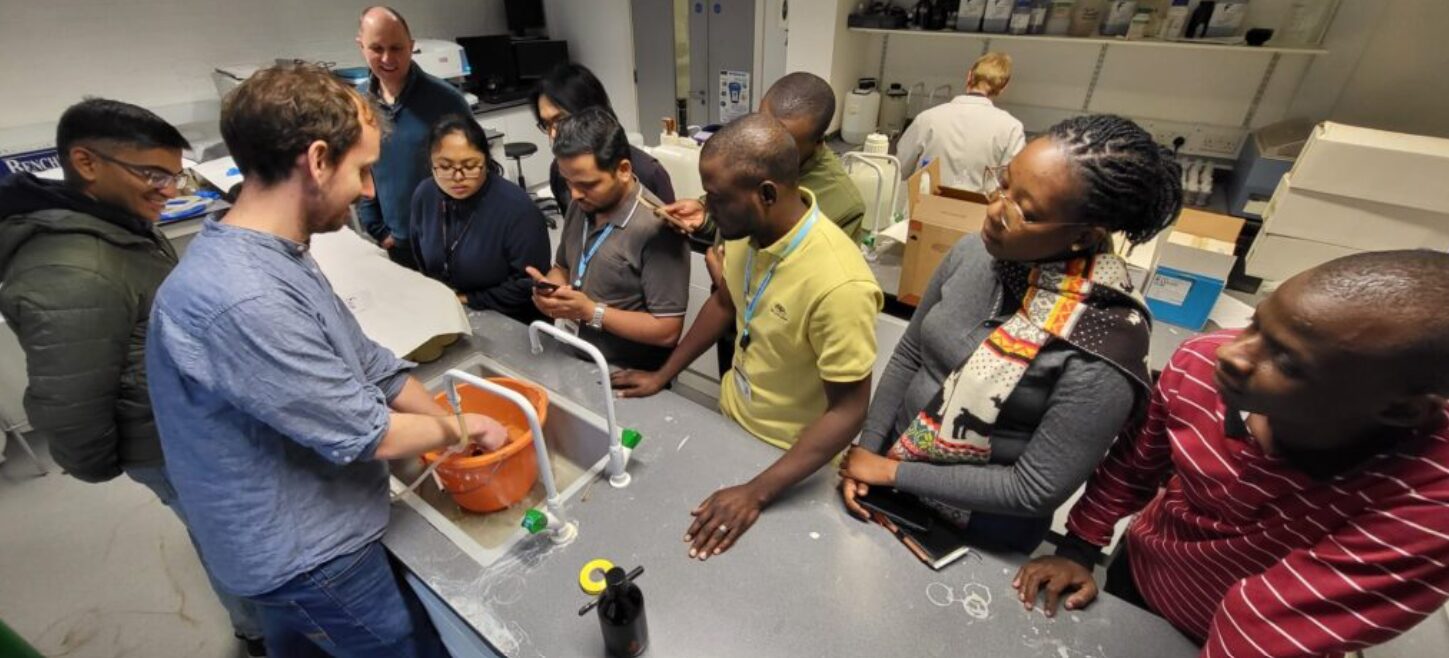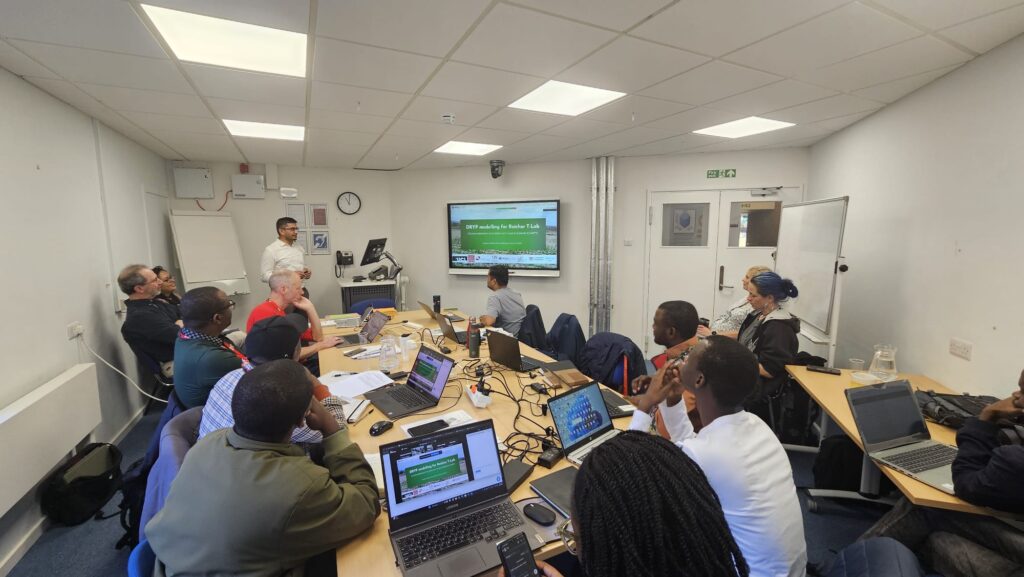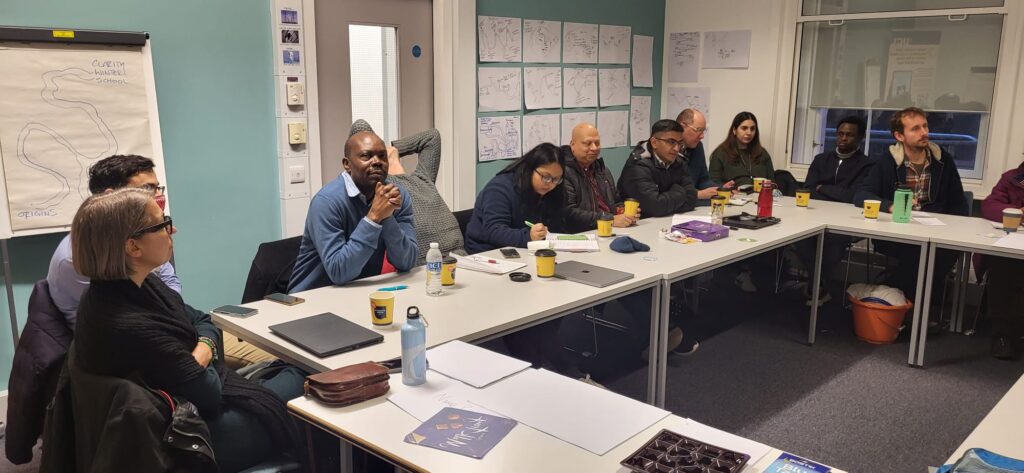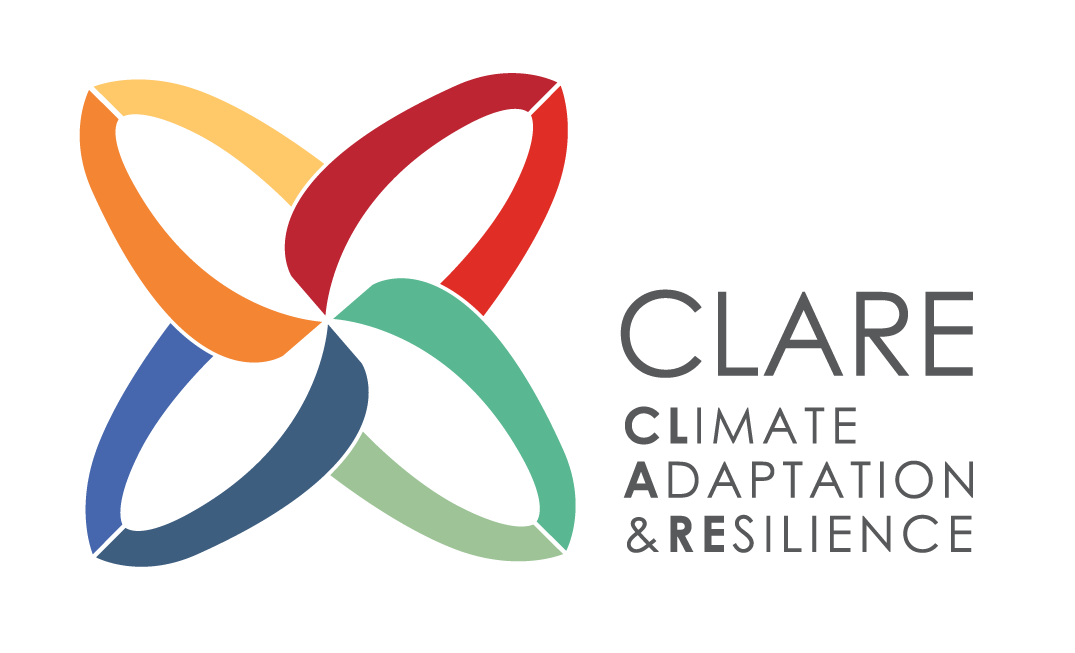
Getting better at mapping the story of water in Tropical Drylands
/
Authored by Kirthi Rao, Institute of Development Studies (IDS), London
Have you ever wondered about the story of water in your neighbourhood, district or city? What are the different reserves or stores of water and how does water flow in and out of them? How does heavy rain affect rivers, lakes, soil moisture and groundwater? And as climate patterns shift, how do more frequent and intense droughts and floods impact natural and built environments and how we go about our lives as individuals and communities?
These questions about water systems are at the heart of Climate Adaptation and Resilience in Tropical Drylands (CLARITY), our project that focuses on equitable and sustainable water solutions to the challenges posed by growing populations and climate change. Led by researchers and practitioners in Tanzania, Niger, Nigeria, India and the UK, we believe that working in interdisciplinary Transformation Labs, can help researchers and community actors understand water systems together and find potential ways to transform our use of them in ways that are more equitable and climate resilient.
During the recent 40-day CLARITY Winter School, 7 early career researchers learned useful ways to characterise and analyse these systems. In Dodoma (Tanzania), Raichur (India), and the transboundary region of Maradi (Niger) and Katsina (Nigeria), CLARITY Transformation Labs are now equipped to help people in these diverse communities address critical water system questions.


One of the challenges of studying water systems is their complexity with numerous different moving parts. Thinking, speaking or writing about these complex and contextual water systems with just words can be overwhelming. Focusing on some parts can lead us to miss the big picture. Visualising the system instead can help cut through some of the complexity. Using visual representations or models can help to understand and even transform our environs. A model can help to see and test how change in different elements of our system may affect the whole system.
One such model that helps research teams estimate how rainfall and other water drivers affect the water system is DRYP. It has been developed specially for water-scarce dryland environments that form the focus of CLARITY and where data can be quite limited. Modelling using DRYP can help show how much estimated levels of rainfall would contribute to soil moisture, surface water and groundwater levels, and how much would evaporate in a given area. It can also simulate the impacts of human water use.
In the CLARITY Winter School held between February and March 2025, the early career researchers from each Transformation Lab learnt how to work with data and knowledge about their respective contexts to develop DRYP models. They discussed the use of the models in depicting different ways water systems may evolve under different climate scenarios and development ‘pathways’.
While learning from the creators of DRYP at University of Cardiff, the early career researchers also learned from each other. As one participant put it, the scholars appreciated “connecting, networking, and getting exposure to good quality discussion” and also “learning about the other T-Labs”.
“‘Overall, the Winter School was great in terms of demystifying what DRYP is and how we would be using it. It was a bit of a black box before, but now we feel more confident about using the modelling tool and understand its outputs better,” another Winter School participant said, adding that, “The pathways discussions in Sussex were also really useful, it gave new perspectives on how to articulate the future pathways…”
Visualizations generated through DRYP modelling can help aid conversations about the water pathways we are currently on, and what the future might look like if we make no changes from these business-as-usual pathways in the face of climate change. They can also open up discussion with a variety of actors and change makers about the sets of practices and decisions that can help shift our water pathways towards greater resilience and clearly see who wins and who does not. Ultimately, these discussions can help people to move to a future that leaves no one without water and supports more climate-resilient ecosystems, water supplies and food production.

Acknowledgements
This work was funded by UK aid from the UK government and by the International Development Research Centre, Ottawa, Canada as part of the Climate Adaptation and Resilience (CLARE) research programme. The views expressed herein do not necessarily represent those of the UK government, IDRC or its Board of Governors.
CLARITY is a project funded by FCDO and IDRC through the Climate Adaptation and Resilience (CLARE) programme. As part of the CLARITY Winter School, researchers from University of Maiduguri in Nigeria, Abdou-Moumouni University of Niamey in Niger, Well Labs in India and Sokoine University of Agriculture in Tanzania trained with scientists and researchers at Cardiff University, University College of London, University of Sussex and Institute of Development Studies over February and March 2025.
Published
CLARE Projects
CLARE Partners

